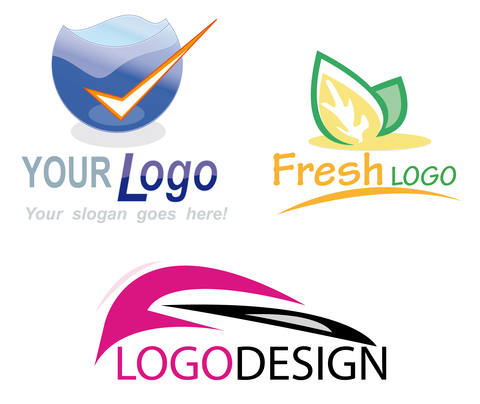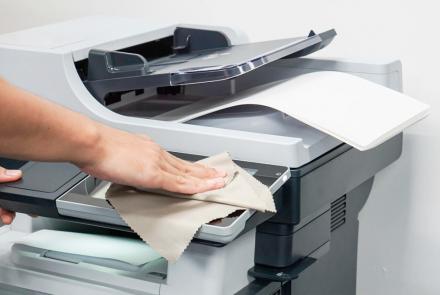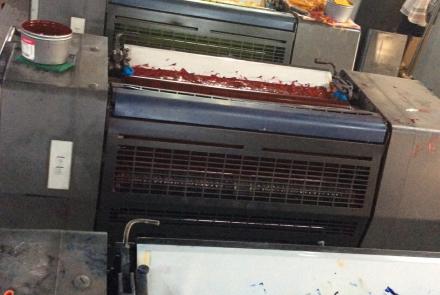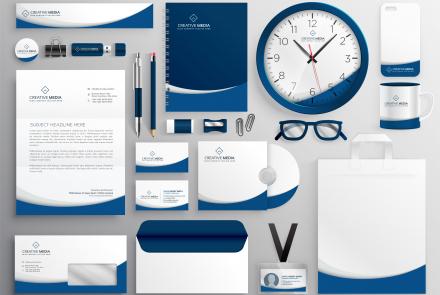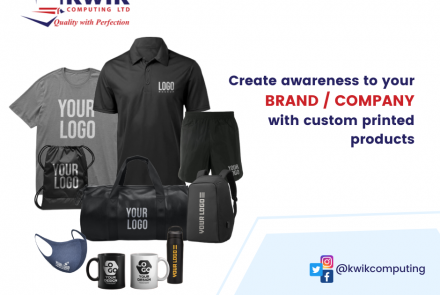5 Exclusive Top Tips for Logo Design
1. Start with Discovery
Stop. Designing a logo is a bit like climbing down a mountain, and that’s but half the journey. Discovery is the first part of the process and more akin to ascending the mountain. As a credible designer you are creating a subjective solution that addresses the objective needs of your client. More than a clever image, your design needs to have strong logic for why it will build relevance with your client’s customers. Intuition, though valuable to the design process, is multiplied exponentially by research.
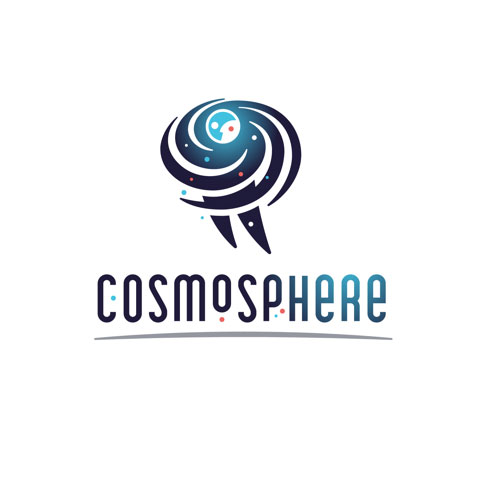
Cosmosphere International SciEd Center and Space Museum
2. Create Your Roadmap
Before any design happens, develop and prioritize a creative brief based on the discovery phase and that you and your client agree on. Let this serve as your design roadmap. This document isn’t designed to limit your creativity but to most effectively channel it. Only by mutually establishing your goals will you know if you’ve reached them. This also protects you from a client who wants to add objectives after your presentation. Clients who suddenly remember new parameters at this stage present an opportunity for you to renegotiate fees for additional design.
RedGuard, Manufacturer of blast resistant safe space for petrochemical industry
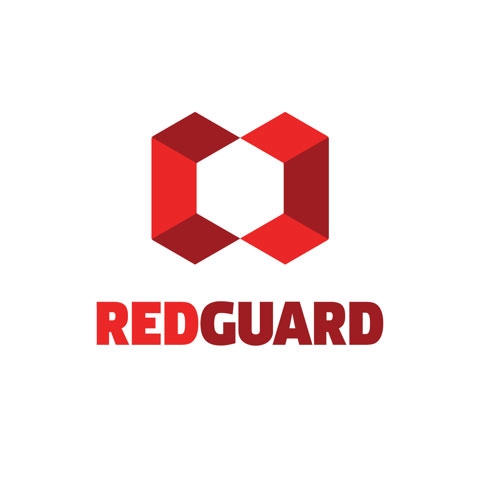
RedGuard, Manufacturer of blast resistant safe space for petrochemical industry
3. Acquire the Knowledge
I’ve yet to meet a great designer who didn’t have a near voracious appetite for knowledge. We are visual storytellers, and creating those stories relies on us having an extensive vocabulary to draw upon. How could a mark have a mythological analogy if we don’t know mythology? How can we make a literary or musical reference without some background in each? A mark that references the traits of an animal or workings of a tool can only be considerations if you are aware of them. Load your chamber with as much information from outside our industry as possible.
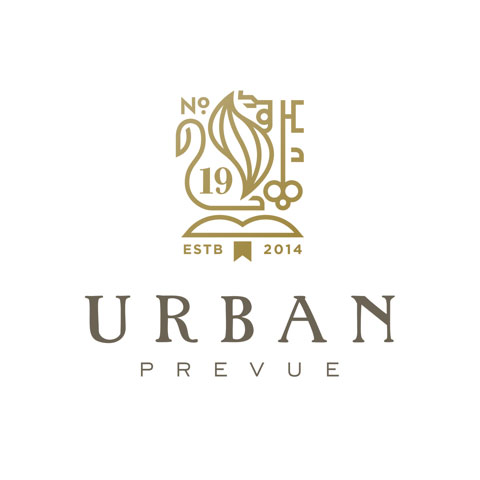
Urban Prevue, Online shopping and entertainment guide for traveling public
4. Get it Down
Whether you sketch or work best on screen, use the tool of you choice and get the ideas down! These are the nucleus of a brilliant design solution. It is not critical that they lay down fully nuanced. The less defined the seed of an idea, the more branches it can grow and the more fruit it can bear. Technically, any mark can look finished by a good craftsman, but a genius logo is the product of a superior concept. Many mediocre solutions should fall to the wayside on your journey. Remember this: “No idea is as dangerous as the only idea you have.”

BlueBird Books, Regional independently owned book store
5. Study the Trends
Lastly, make yourself intimately aware of current and past identity design. Public impressions are leveraged forward from what they already know. There is plenty of room for bold innovation, but without some relevance to consumers, it’s challenging to build traction. The designer who tells you he creates in a vacuum is either a liar or a failure. Understanding how design evolves allows you to stay ahead of your peers. What is relevant now grew out of previous trends. Understanding those sequences allows us to identify design trajectories and project the next evolution of our own design.
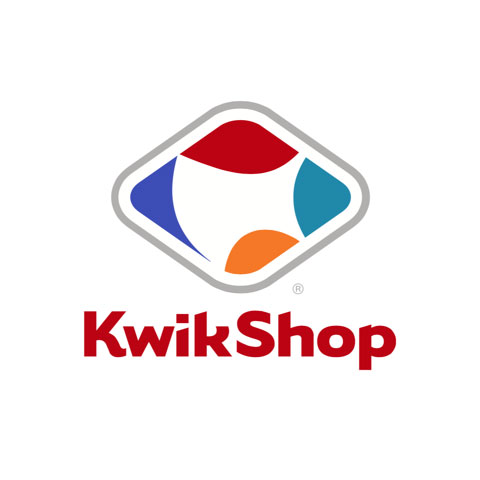
- Log in to post comments

